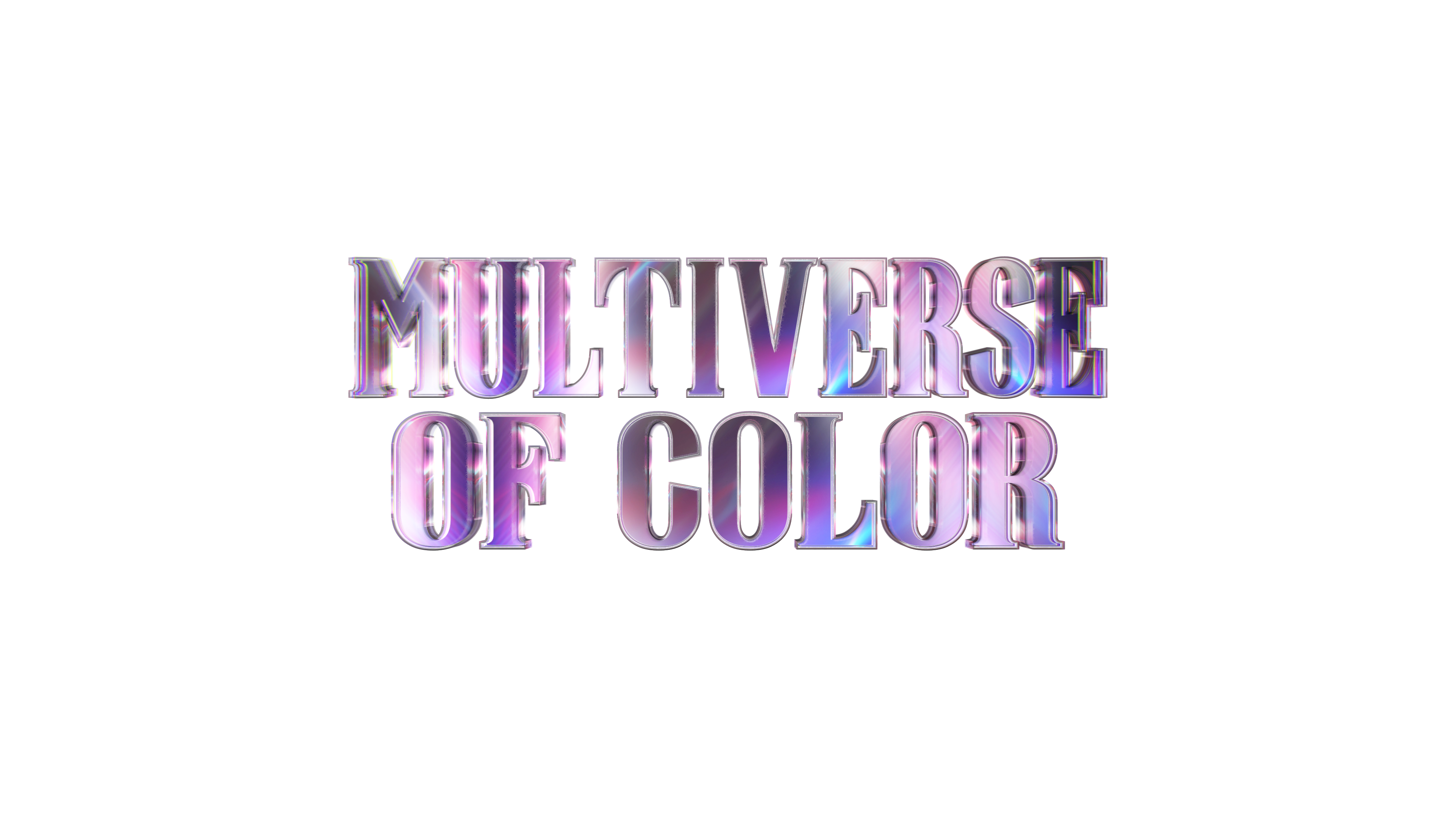BLACK PANTHER: WORLD OF WAKANDA #4
Writers: Roxane Gay
Penciller: Alitha E. Martinez
Inker: Roberto Poggi
Colorist: Rachelle Rosenberg
Letterer: VC’s Joe Sabino
Price: $3.99
Release Date: 2/15/17
Wakanda is in chaos after Thanos and The Black Order left devastation in their wake. T’Challa has taken over the throne due to Queen Shuri’s sacrifice, and the Dora Milaje have split in response. No one feels the pain of this tragedy more deeply than Aneka, however.
Plot: Black Panther: World of Wakanda #4 opens with Ramonda asking the Dora Milaje to embrace T’Challa as their new king, while Aneka wallows in her guilt over Shuri’s death. It is Ayo who bears the brunt of Aneka’s emotions, however, as she is repeatedly shut out and rejected by her lover in the aftermath of the attack.
Ayo and Aneka’s strained relationship isn’t the only stumbling block facing the Dora Milaje, though. Folami, a bright but impetuous student of Mistress Zola’s, is anxious to make her mark and won’t listen to reason. Not only that, but her village chieftain father has been accused of raping several girls while their brothers and fathers stand back out of fear. Unable to trust Folami’s judgment any longer, Mistress Zola sends Aneka to deal with the situation instead.
Story: From the start we have known that Black Panther: World of Wakanda takes place before the current run by Ta-nehisi Coates. But this may be the first time that a specific time period is pointed out, which is during last year’s Ultimates. While it’s not necessary to have read that volume to understand the events of this issue, this story does retroactively help shed more light on T’Challa’s mindset and Wakanda’s political climate during Ultimates.
In a way, Aneka’s journey here mirrors that of T’Challa’s earlier on. She is dealing with guilt over circumstances beyond her control. And no matter how others tried to dissuade her from taking on the burden herself – and thus pushing loved ones away in the process – she can’t be convinced to process her emotions in a healthy way. Perhaps that is why she is so quick to rush after the chieftain of Kagara, despite knowing how Folami would react if harm came to her father. Or rather she may have done it because she knew how Folami would react – it would be a guilt Aneka could bear willingly, unlike the emotions she felt over Shuri’s death.
Meanwhile, Folami seems to have the opposite problem. Aneka takes on too much that doesn’t belong to her, while Folami throws off responsibility for her actions. She wants to stand apart from the pack as an individual – the best individual, in fact – but she uses shortcuts to prove herself rather than rising above within the system she has accepted. Her lack of personal responsibility extends even to her family. While it’s understandable that she doesn’t want to believe the worst of her father, her failure to listen to the testimony of the village women defies the tenets of the Dora Milaje.
Art: Black Panther: World of Wakanda appears to be concluding after next month’s issue, which is truly a shame. Not only is the story touching on issues that readers can relate to within an incredibly specific and interesting context, but the art has been truly stellar. Alitha E. Martinez has the ability to evoke a whole range of emotions in a single panel. And though moat of the action and violence does not take place on the page, the implication can be just as vivid.
Similarly, Rachelle Rosenberg’s color palette is as rich and layered as ever. Characters pop off the page regardless of how busy or sparse the background is. And when there is a detailed background to speak of, it invariably explores Wakanda in a loving fashion. In this way, the World of Wakanda expands the universe of Black Panther through more than the excellently-crafted backstory.
Verdict: Both as the specific tale of Aneka and Ayo’s dual duty to their love and to their country, as well as a larger story about the fabric of Wakanda, Black Panther: World of Wakanda has been a success. It remains the perfect companion to Coates’ Black Panther run, and enriches our understanding of various characters in it. Whether the protagonists are at odds or working in tandem, their motives are always beautifully explored.





